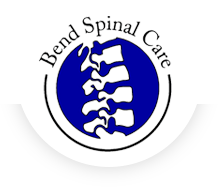Spinal Decompression/Traction
What Is a Spinal Decompression?

Spinal Decompression Therapy
What Is Nonsurgical Spinal Decompression?
Nonsurgical spinal decompression is a type of motorized traction that may help relieve back pain. Spinal decompression works by gently stretching the spine. That changes the force and position of the spine. This change takes pressure off the spinal disks, which are gel-like cushions between the bones in your spine, by creating negative pressure in the disc. As a result, bulging or herniated disks may retract, taking pressure off nerves and other structures in your spine. This in turn, helps promote movement of water, oxygen, and nutrient-rich fluids into the disks so they can heal.
Doctors have used nonsurgical spinal decompression in an attempt to treat:
- Back or neck pain or sciatica, which is pain, weakness, or tingling that extends down the leg
- Bulging or herniated disks or degenerative disk disease
- Worn spinal joints (called posterior facet syndrome)
- Injured or diseased spinal nerve roots
How Is Nonsurgical Spinal Decompression Done?

You are fully clothed during spinal decompression therapy. The doctor fits you with a harness around your pelvis and another around your trunk. You either lie face down or face up on a computer-controlled table. A doctor operates the computer, customizing treatment to your specific needs.
Treatment may last 15-30 minutes, and you may require multiple treatments over weeks or months. Before or after therapy, you may have other types of treatment, such as:
- Electrical stimulation (electric current that causes certain muscles to contract)
- Ultrasound (the use of sound waves to generate heat and promote healing)
- Heat or cold therapy

